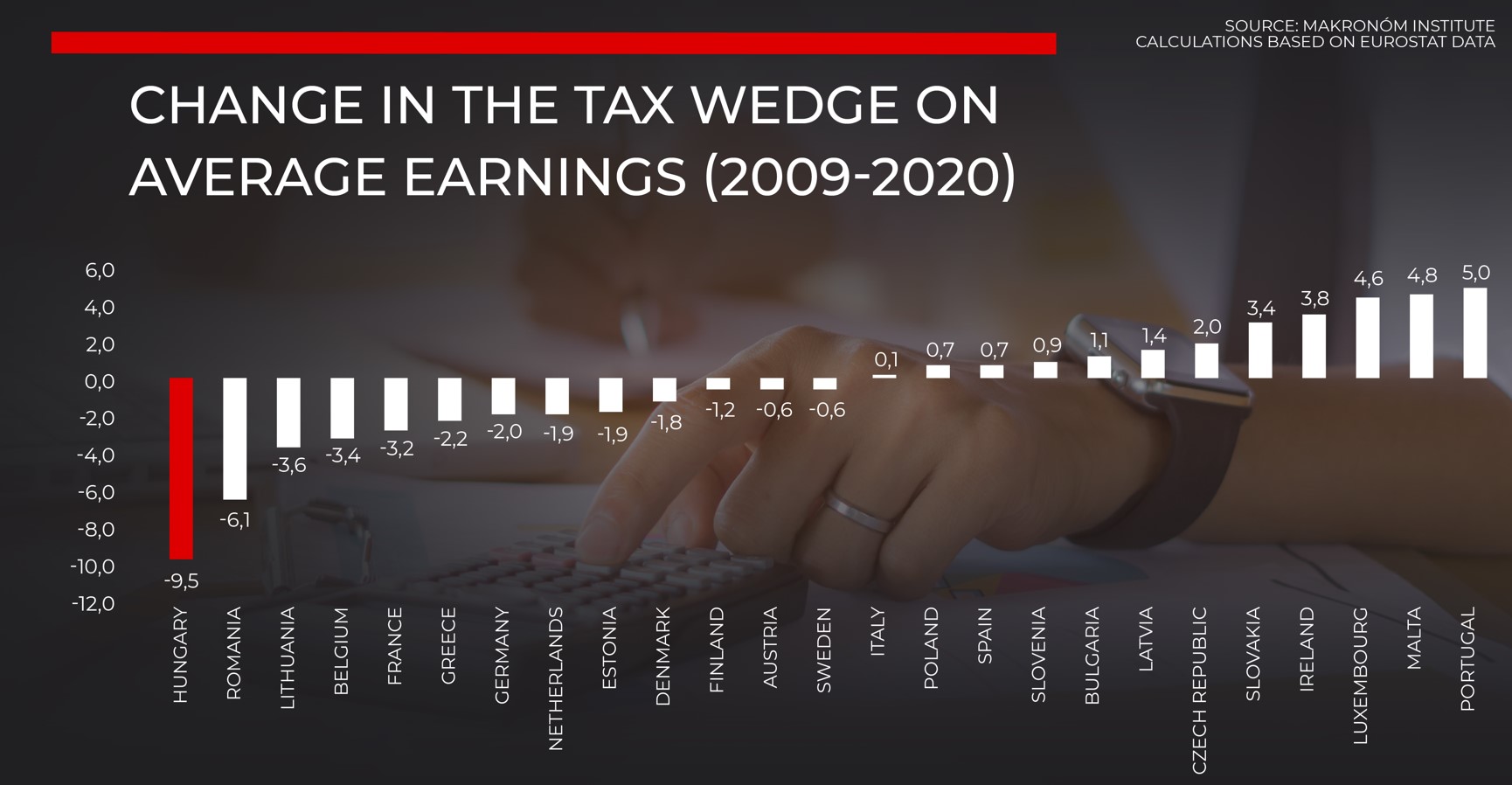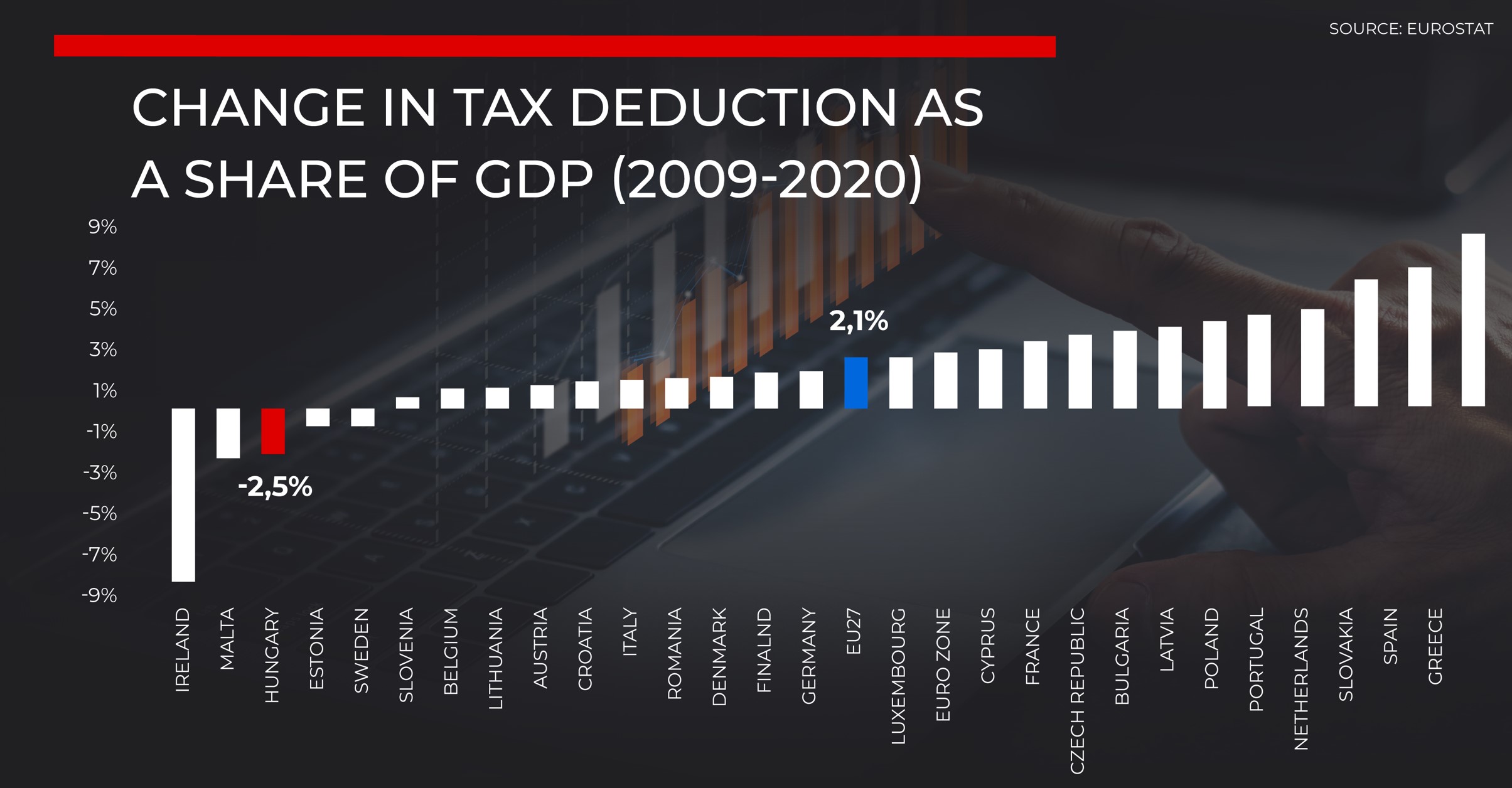That’s impressive. But what exactly changed since 2009? Let’s recap.
Compared to 2009, PM Orbán’s governments have not only reduced the personal income tax (PIT) in Hungary from 36 percent to 15 percent, but also, beginning January 1, young Hungarians under the age of 25 and women with four or more children no longer pay a single forint of PIT. While families received HUF 12 billion in tax discounts in 2009, the same figure for 2022 will stand at a staggering HUF 980 billion. On top of this, as they were hit hardest by the economic fallback triggered by the coronavirus pandemic, Hungarian families with kids will be reimbursed for the entire amount of PIT paid in 2021, up to the level of the average wage.
Meanwhile, the government has eased taxes for employers, too: Hungary currently has one of the lowest corporate taxes in Europe at only 9 percent, and employers’ taxes have also seen a drastic reduction from around 33.5 percent under the Socialist government, to 15 percent in 2022. A simplified contribution to public revenues, commonly known by its Hungarian acronym of EKHO, decreased from 20 percent to 13 percent in the same period.
This year, the upper annual revenue limit for those with VAT-exempt status by subjective right (alanyi adómentesség) stands at HUF 12 million, compared to only HUF 5 million in 2009. Among the many other tax reductions, PM Orbán’s governments have also reduced tax deductions from the wages of working pensioners from 49.5 percent to 15 percent.
Moreover, the combination of tax reductions for workers, employers and entrepreneurs has resulted in a significant drop in VAT tax evasion from 22.3 percent in 2010 to just 6.1 percent in 2020.
And this is just the tip of the iceberg. If voters entrust Prime Minister Orbán to continue leading Hungary forward, as I predict they will, more positive developments can be expected regarding taxation. I bet those will also go unnoticed by our opponents in the international press corps.


